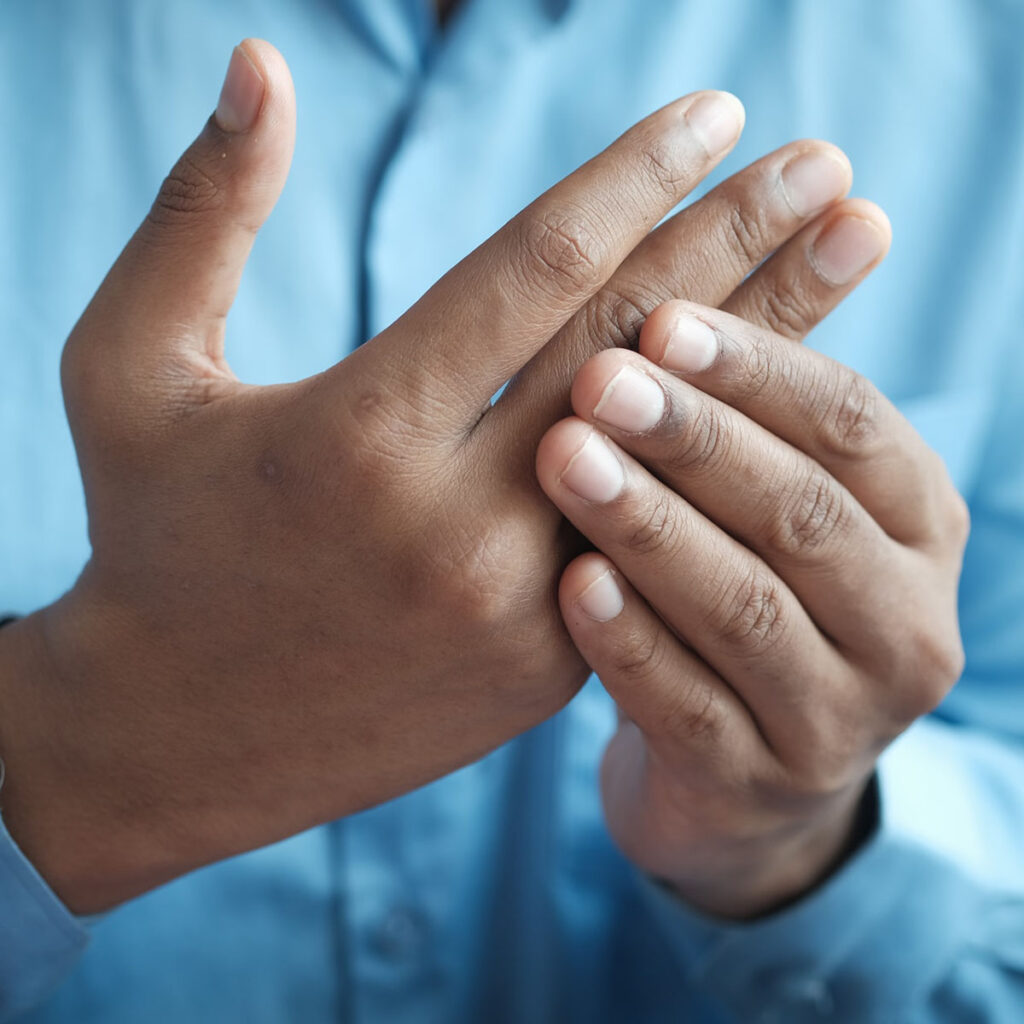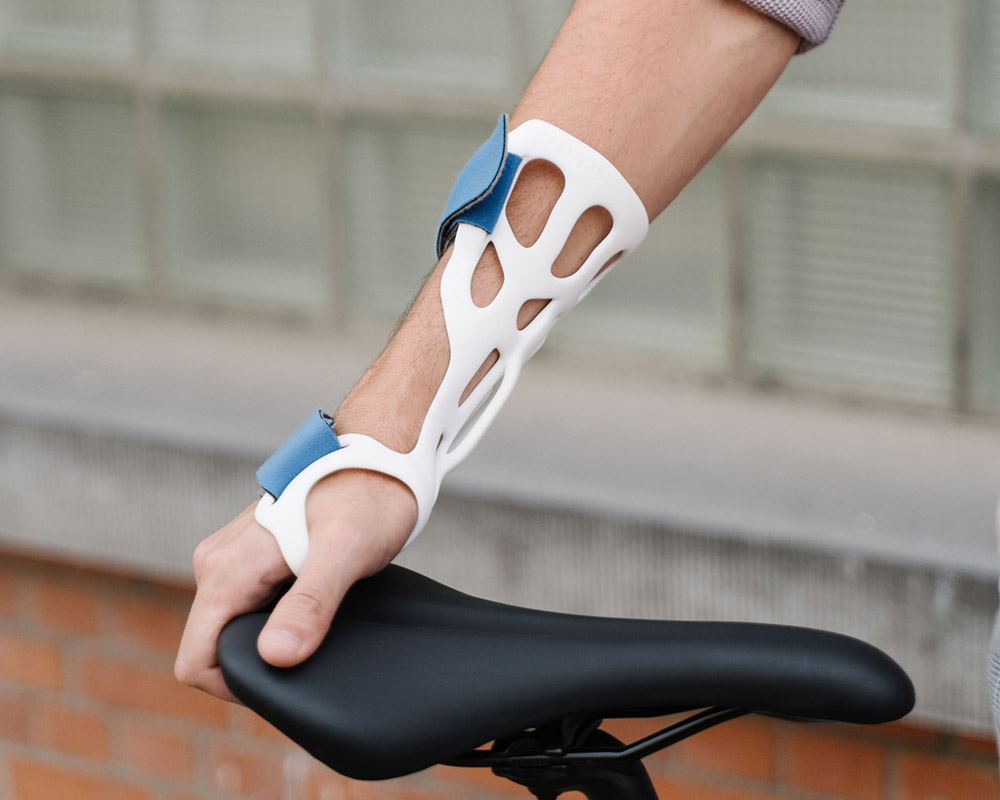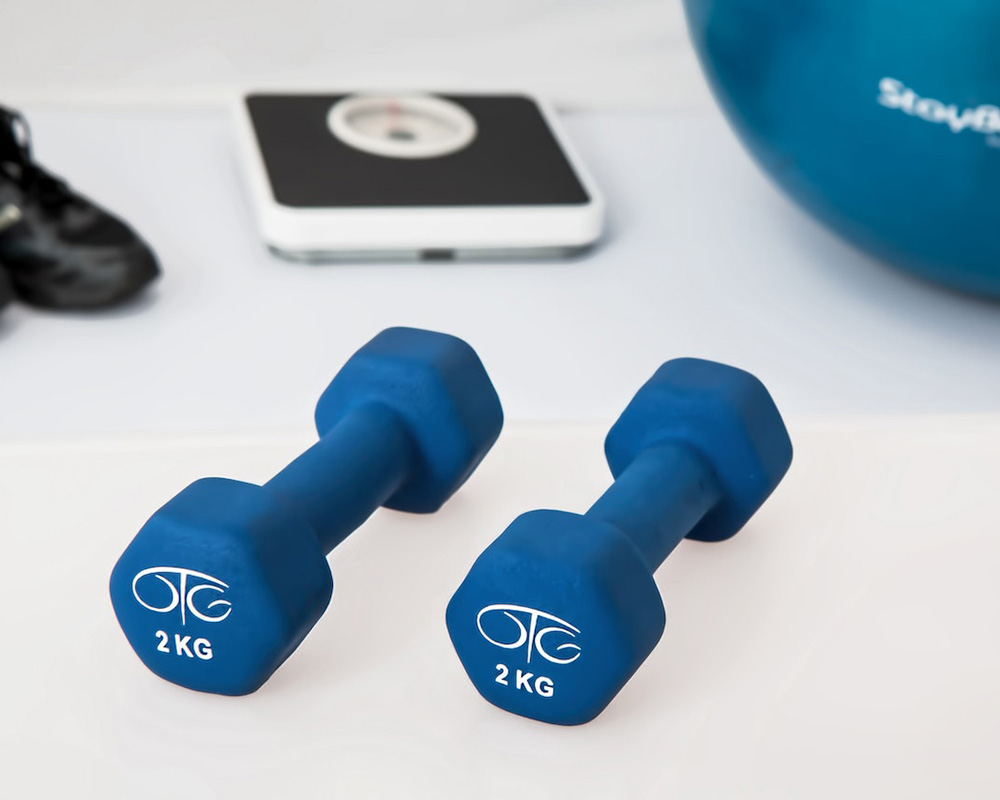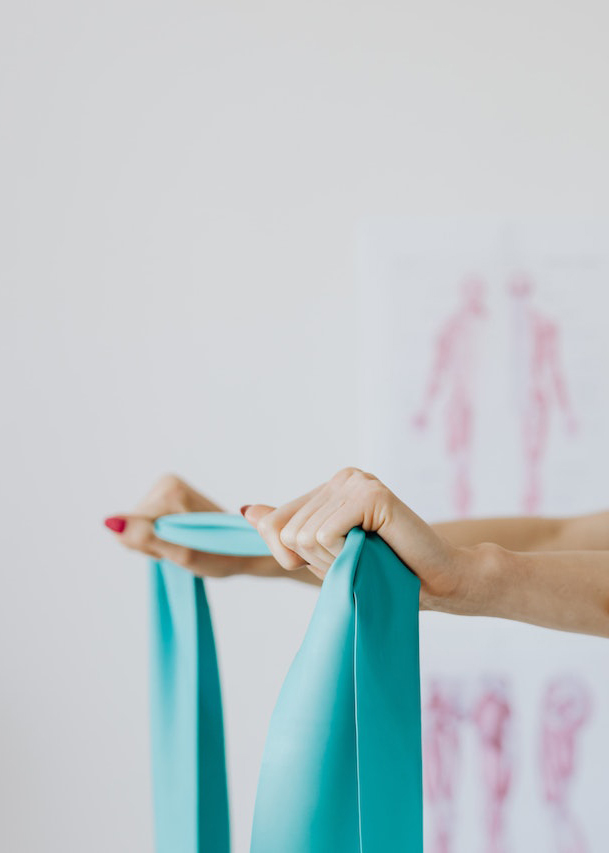Biofeedback: Enhancing Awareness, Advancing Recovery
Evidence-Based Holistic Intervention
What Is Biofeedback?
Biofeedback is an active mind-body therapy modality that helps you learn to gain better awareness of bodily functions and habits. It is an active form of internal discovery that helps you develop a greater understanding of your overall physical functioning.
From making subtle changes to your posture, recognizing avoidance habits, and practicing relaxation techniques, Biofeedback can cement or accelerate your physical recovery. Within Certified Hand Therapy treatments, this approach blends mental agility with traditional therapy interventions.
Does This Sound Like You?
"I’ve tried physical therapy before, but the results didn’t last for me."
"I have trouble keeping up with the exercises I learn in therapy. "
"My cancer treatment and medications make it difficult to maintain my conditioning."
"I’ve been managing my own pain and functional limitations for so long already; isn’t it too late to go back and undo the damage that’s been done?"

You're In The Right Place.
Biofeedback Training:
How does it work?


By leveraging this intervention, we can provide visual or auditory information to help guide posture training, muscle training, strength training, and for quieting overactive muscles. We can also help develop new skills or fine-tune existing stress and pain management strategies.
At Seacoast Hand Therapy, we offer Biofeedback services as part of the Occupational Therapy care plan for recovery from injury or illness. For those who may need a higher level of care, we also offer a more comprehensive program that includes a stress and relaxation profile to identify your particular needs, how best to approach your unique challenges, and work together toward your physical wellness goals.
Biofeedback Sessions:
What To Expect
Like every treatment at Seacoast Hand Therapy, our Biofeedback sessions are held privately.
During your session, and depending on your unique needs, the therapist may attach surface sensors to your skin in order to monitor muscle activity, breathing patterns, heart rate, temperature and sweat production.
The results are fed into a computer and displayed on a shared monitor so you can both see the data. Based on feedback from the sensors, the therapist will suggest new ways to modify the results and improve pain or function.
Some changes you may be asked to make include posture adjustments, breathing exercises, mindfulness practices, systematic muscle relaxation, or even academic problem-solving.
As you attempt these guided changes, you will see how your results are impacted, revealing more about your mind-body connection and gaining a greater measure of awareness.
Eventually, you will be able to make these changes automatically without the use of sensors or devices.
Successful Biofeedback Interventions
Repetitive Motion Injury
Nerve And Tendon Injuries
Arthritis + Inflammatory Joint Disease
Neurological Conditions
Chronic Pain
Headaches
TMJ
Anxiety
High Blood Pressure
Tremors

Frequently Asked Questions About Biofeedback & Certified Hand Therapy
Are Biofeedback Services Covered By Insurance?
Biofeedback is an integral part of the Occupational Therapy treatment plan, and therefore covered by most insurances for a variety of conditions. For Biofeedback services unrelated to illness or injury, contact us to learn more about how we can help.